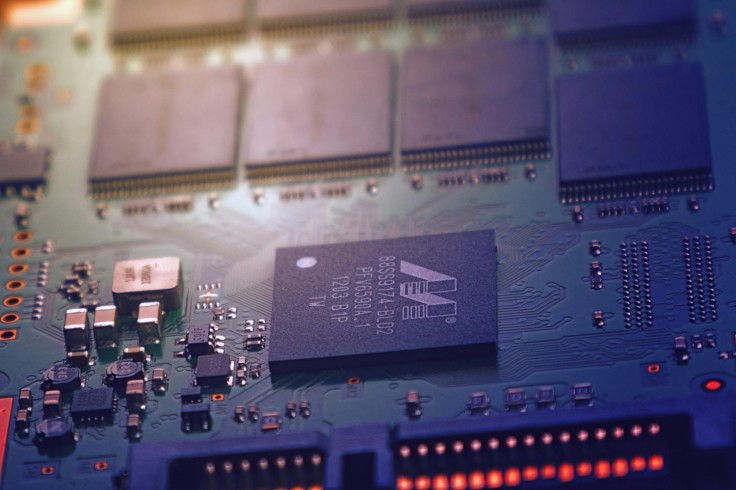
Researchers from the University of Arizona and Sandia National Laboratories say they have developed a significant advance in the field of phononics, a branch of physics dealing with mechanical vibrations called phonons.
The development, detailed in a study published in the prestigious journal Science, claimed it could make wireless technology a game-changer, reducing the size of devices, consuming less power, and functioning on much smaller signal strength.
Redefining the Paradigm of Wave Interactions
But at the heart of it, the breakthrough is based on the concept of giant phononic nonlinearities, in which phonons-normally related to linear actions-undergo interactions orders of magnitude stronger than in everyday materials.
First author Lisa Hackett, an engineer at Sandia National Laboratories, likens the effect to "shining one laser pointer beam through another" that creates radical transformations in wave interactions. With these non-linearities, the researchers gained control over the phononic behavior to a degree never seen before, and a new era in wireless communication technology began.
Shrinking Devices, Expanding Possibilities
The implications of this breakthrough go way beyond the confines of the laboratory; the technology promises to reshape the landscape of consumer electronics. It combined unconventional semiconductor and piezoelectric materials to enable a platform for smaller and more efficient wireless devices, such as smartphones and wearable technology. That allows us to put a whole lot of different types of components-control and generation of radio waves-on the same chip, with improved functionality.
The Research Breakdown
This amplifies even more what has been achieved in phonon amplification through the effective use of materials such as indium gallium arsenide and lithium niobate, which have special properties that cause tremendous changes in wave interaction. Through careful experimental design and material integration, this team finally accessed the new regime of phononic nonlinearity, in which effective nonlinearity was exceeded by hundreds or even thousands of times the previous limitations.
All of this would open a new era for the kind of control that could be exerted on phononic behavior-possibly making as much an impact as present-day transistor-based electronics and creating a paradigm shift for the whole wireless realm.
Bigger Trends in Miniaturization
This is in line with other, larger trends of miniaturization that are already happening in the consumer electronics industry. Of course, all these years saw considerable progress in microchip design, battery technology, and material science, providing the underpinning basis for these relentless drives toward ever-smaller, more efficient devices.
Consumers have waited and waited for that breakthrough in creating not only sleeker but also more compact electronics, from smartphones to fitness trackers. However, as progress is made towards ever smaller and more efficient devices, a certain barrier is reached with limitations in material and conventional manufacturing processes.
Challenges and Opportunities
Such more miniaturized and stronger devices open very exciting prospects, but they also mean a set of challenges to be faced: overheating, low repairability, and manufacturing complexities loom large as the industry goes its way forward toward device miniaturization.
However, all that does not exclude researchers and engineers from being overall optimistic about a future in which technologies will be effectively and seamlessly embedded in our lives. This heralds the latest development in phononics-one of the most momentous steps forward in the miniaturization of wireless devices.
Being able to redefine consumer electronics and bring about innovation in the communications technology market, this research opens the new epoch of wireless connectivity. As research continues to push the boundaries of what could be possible, the world awaits with bated breath the next wave of innovation possible in the realm of phononics.
© Copyright 2025 Mobile & Apps, All rights reserved. Do not reproduce without permission.













